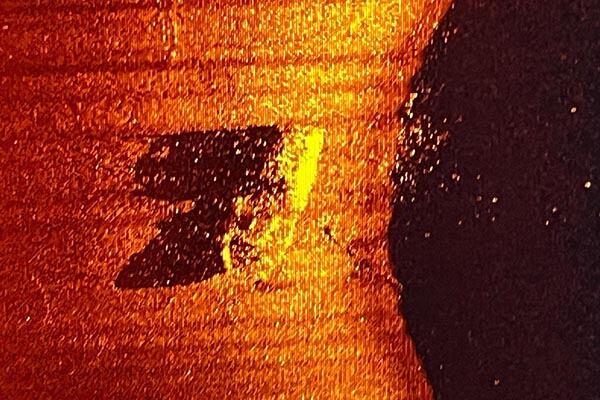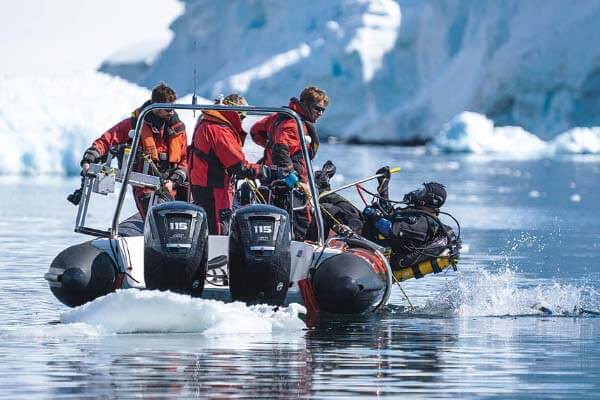
The wreck of Endurance, the ship that took Sir Ernest Shackleton to the Antarctic but sank in 1915 after becoming trapped in pack ice, has finally been found, just over 3km deep in the Weddell Sea.
Footage of the wreck released by the Falklands Maritime Heritage Trust (FMHT), which organised the Endurance22 mission to find the lost ship, shows that Endurance remains in remarkably good condition, despite having been crushed by ice and sunk more than 107 years ago.
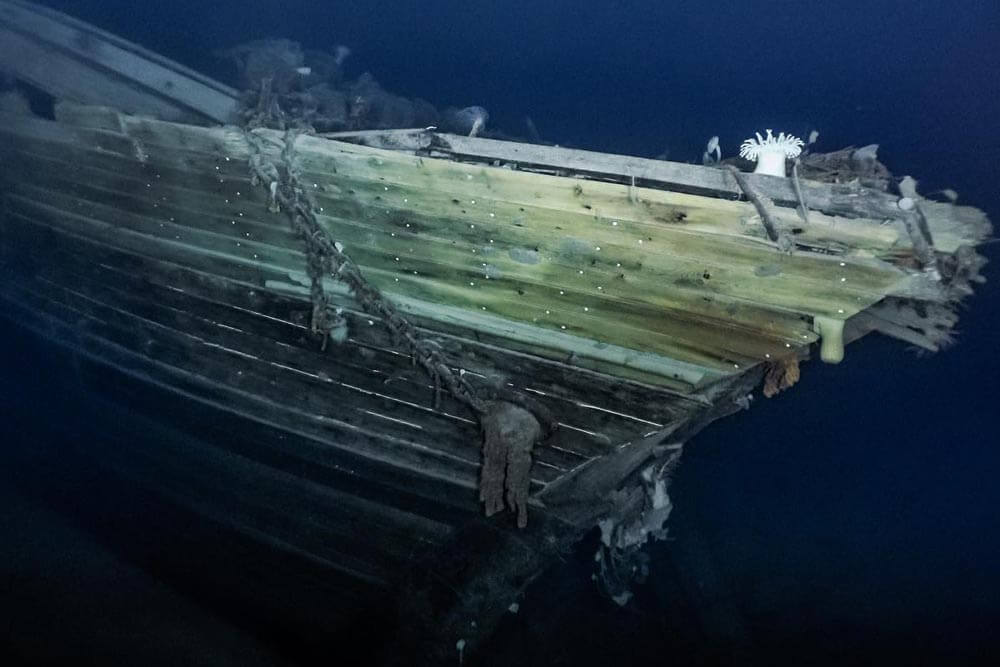
Mensun Bound, maritime archaeologist and Endurance22’s director of exploration, said the footage of Endurance showed it in such good condition that it is ‘by far the finest wooden shipwreck’ he has seen.
‘We are overwhelmed by our good fortune in having located and captured images of Endurance,’ said Bound, ‘It is upright, well proud of the seabed, intact, and in a brilliant state of preservation. You can even see Endurance arced across the stern, directly below the taffrail. This is a milestone in polar history.’
Bound also paid tribute to the Captain Frank Worsley, saying that his navigational skills and detailed records were ‘invaluable’ in his team’s quest to locate the wreck.
‘However, it is not all about the past,’ said Bound. ‘We hope our discovery will engage young people and inspire them with the pioneering spirit, courage and fortitude of those who sailed Endurance to Antarctica.’

Endurance was a 44m-long three-masted, sail-and-steam-powered barquentine (a ship with three or more masts) launched under the name Polaris by Framnæs shipyards in Sandefjord, Norway in 1912. Originally intended for use as a luxury Arctic tourist and polar bear hunting boat, financial problems and a lack of business led to the owners selling her to Shackleton, who renamed the ship Endurance and transferred her to London in 1914.
MORE FROM THE ANTARCTIC
After a refit which removed most of the luxury passenger cabins and crew quarters to make way for equipment stores, Endurance set sail from Plymouth in August 1914 on the Imperial Trans-Antarctic Expedition, with a crew of 28 men under the command of Captain Frank Worsley. The expedition was to be an attempt at the first land crossing of the Antarctic, from the Weddell Sea to the Ross Sea by way of the South Pole, which had been reached three years earlier by Roald Amundsen’s expedition, in December 1911.

Endurance had been designed for polar exploration, with a solid oak hull designed for breaking through ice, but shortly after leaving the island of South Georgia in December 1914, the expedition encountered thick pack ice and became trapped a few weeks later. Despite the best efforts of her crew – who remained onboard for the next ten months – the ship never saw open water again. Shackleton finally gave up and the crew decamped to the ice in late October 1915. Endurance was slowly crushed over the next month and sank on 21 November, 1915.
The crew of Endurance survived, trekking across the ice with two of the ship’s lifeboats full of supplies, camping on the ice until April 1916, when the ice broke and they were able to escape to the uninhabited Elephant Island. From there, Shackleton, Worsley and four of the fittest members of the crew sailed a gruelling 800 miles to South Georgia, which they reached 16 days later. The rest of the crew were rescued on 30 August 1916, having survived 18 months stranded in the Antarctic.
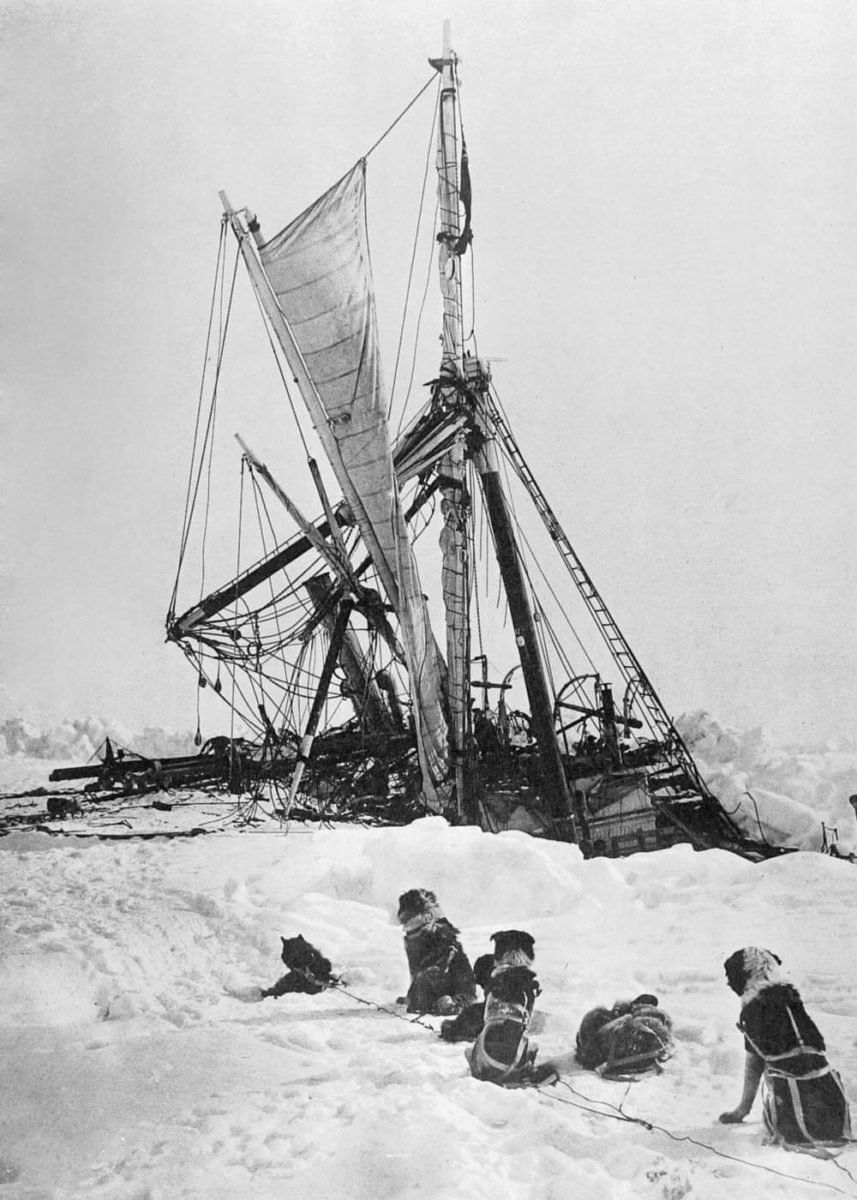
Several expeditions to find the wreck have been planned in the past, however none came to fruition until 2019, when an expedition to find the wreck using an underwater drone failed – rather ironically – after the drone was lost to the ice. Falklands Maritime Heritage Trust’s expedition located the wreck of Endurance after less than a month at sea, at a depth of 3,008m, approximately 4 miles/6.4km south of its last known location as recorded by Captain Worsley.
Endurance22’s expedition leader, Dr John Shears, said the team had made polar history by discovering ‘the world’s most challenging shipwreck’.
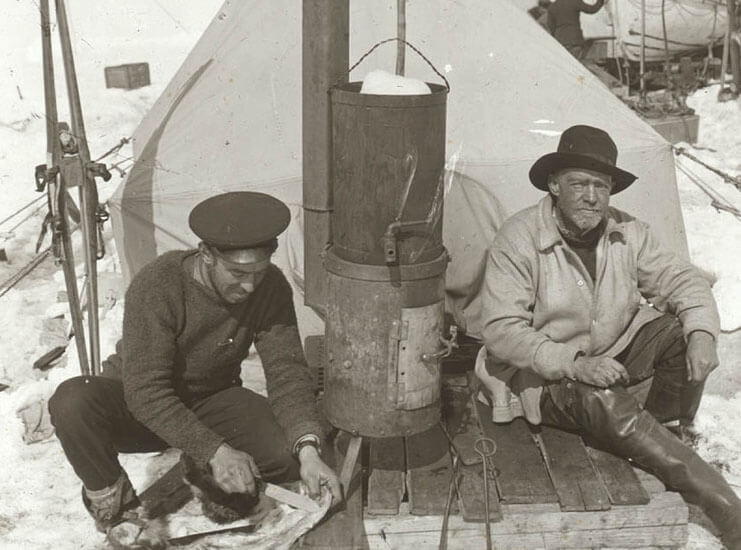
‘We have also conducted an unprecedented educational outreach programme,’ said Dr Shears, ‘with live broadcasting from on board, allowing new generations from around the world to engage with Endurance22 and become inspired by the amazing stories of polar exploration, and what human beings can achieve and the obstacles they can overcome when they work together.’
Shackleton returned to the Antarctic in 1921 but died from a heart attack on 5 January 1922, aged 47, while moored at South Georgia. He was buried on March 5 1922 in the cemetery of Grytvikan, South Georgia, at the request of his wife, Emily.



